Why Do Tires Have Rubber Hairs? Expert Explanation
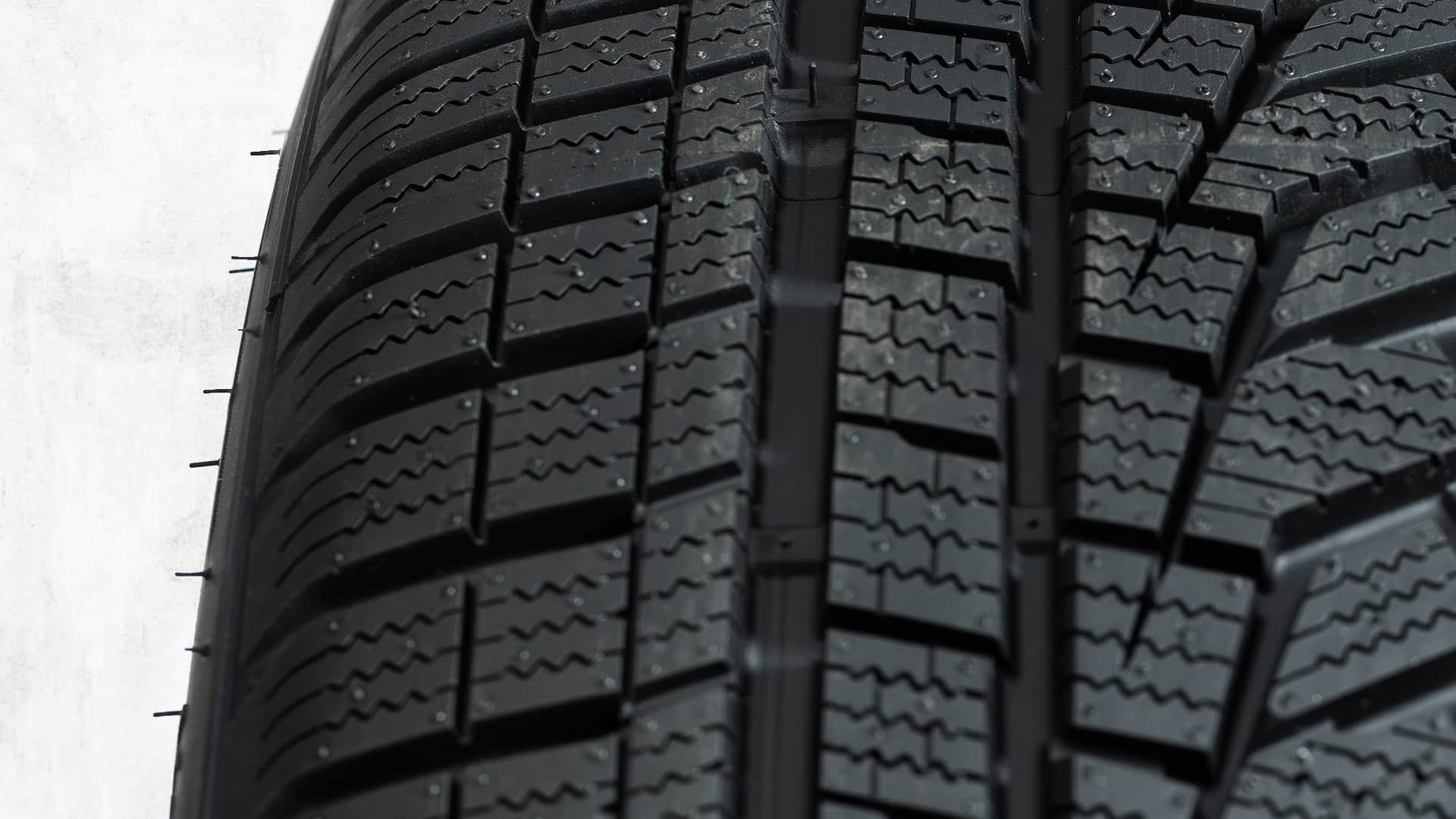
Have you ever taken a close look at your new car’s tires? If so, you may have spotted some tiny hairs sticking out of the rubber material. And chances are, you’ve wondered why do tires have rubber hairs! Can these little bits be tied to safety features? Many people don’t give them much thought, but if this mystery is on your mind, don’t worry – you’re not alone.
We sought answers from experts in the field who could put our minds at ease once and for all. Here’s what our trusted auto pros had to say.
How Do Tire Hairs Form?
Why do tires have rubber hairs? Well, because they like to style their rubber! It’s no secret that tires want to look their best and make a good impression on the road. And what better way to do that than with some trendy hair?
But in all seriousness, when manufacturers create tires, they inject rubber into molds using machines. To eliminate the possibility of air bubbles getting trapped where they don’t belong, small holes are incorporated into the mold’s design to allow for adequate ventilation.
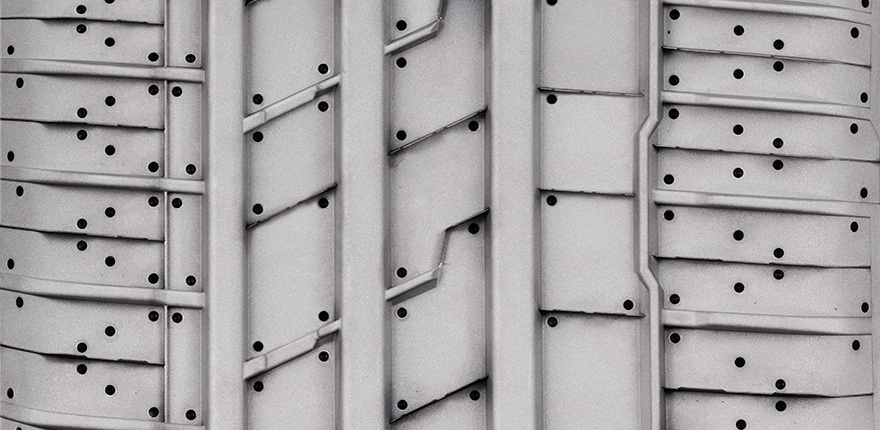
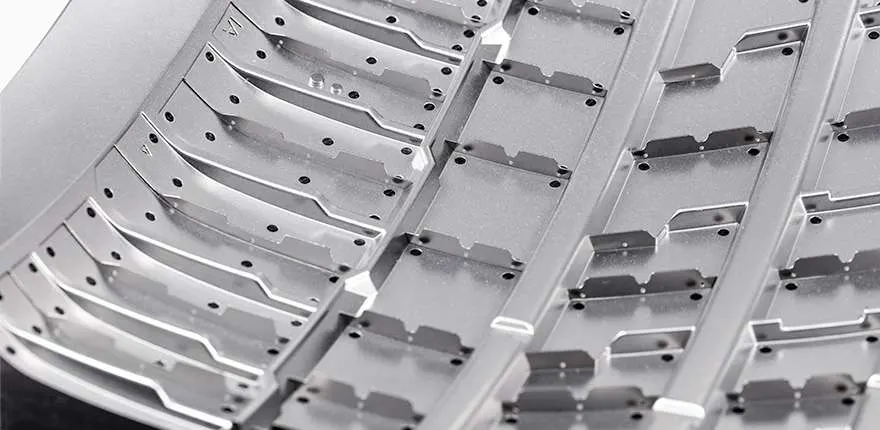
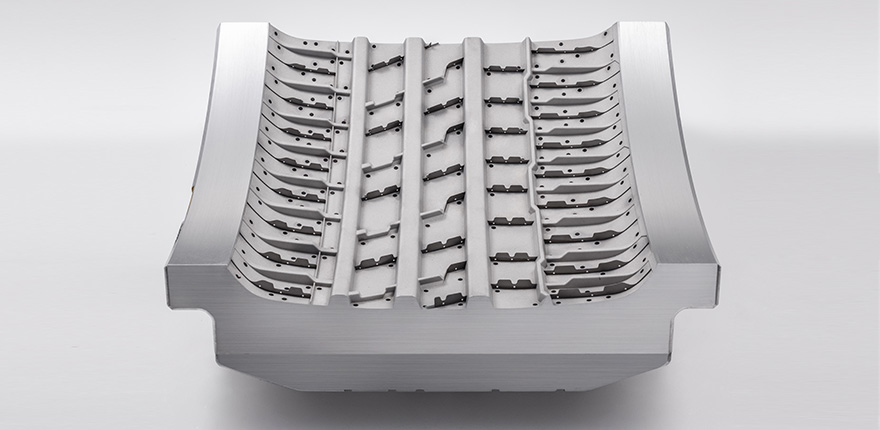
As a result, excess rubber can sometimes seep through these tiny spaces that we call ventilation holes and harden as it cools. This is essentially how tire hairs come to be! Those in the industry often refer them as vent spews.
Take a look at this tire mold from Hankook! You’ll notice holes located in the corners, which serve as vents for the rubber to escape into. Even though these vents are placed on the tread portion of the tire, they typically get trimmed or worn down right away during production.
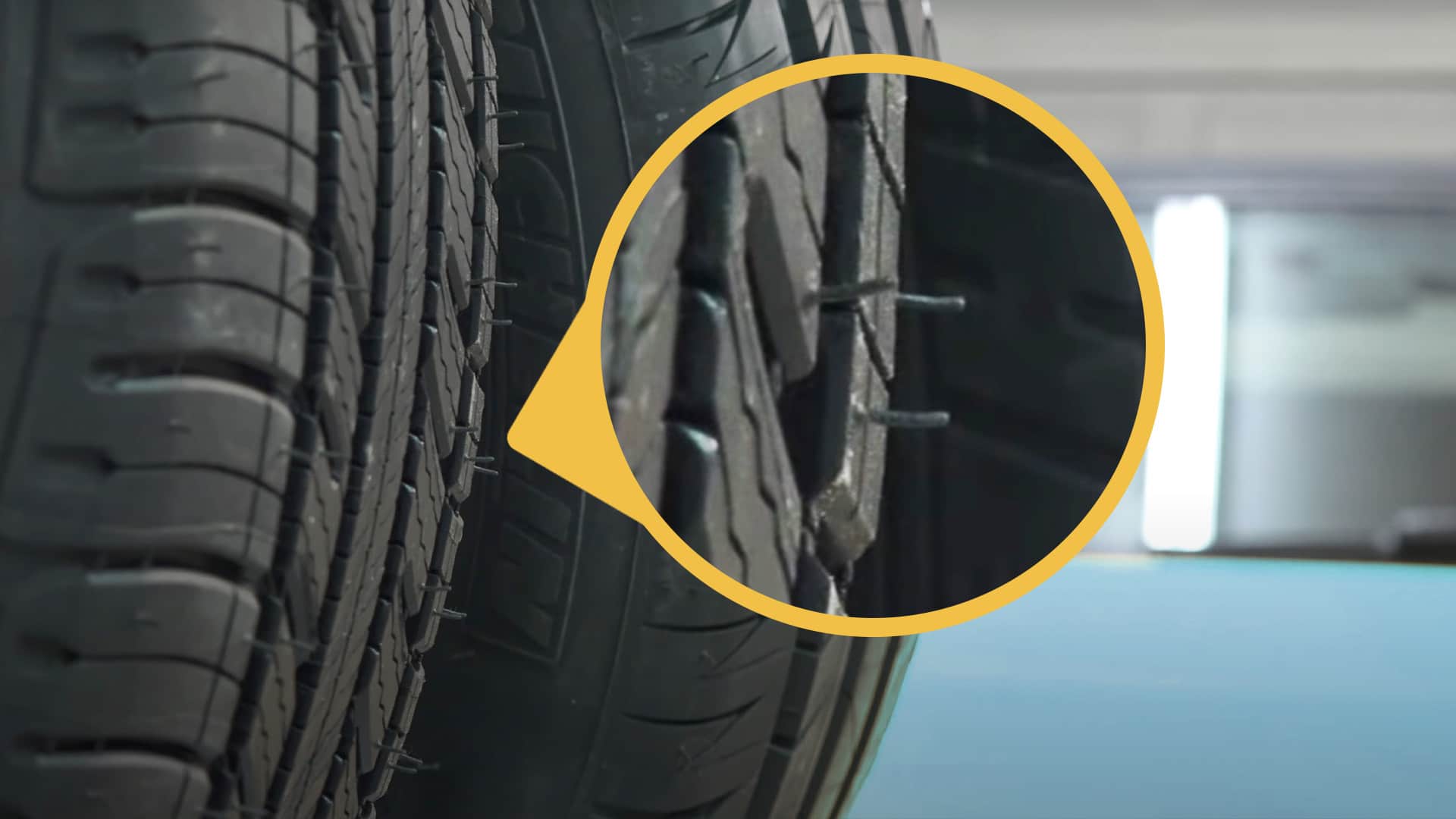
However, when it comes to those found on the sidewall of tires, there is no need to remove them since they don’t affect vehicle safety or performance. This explains why manufacturers usually leave these little hairs alone once they’re formed!
Are Tire Hairs Useful?
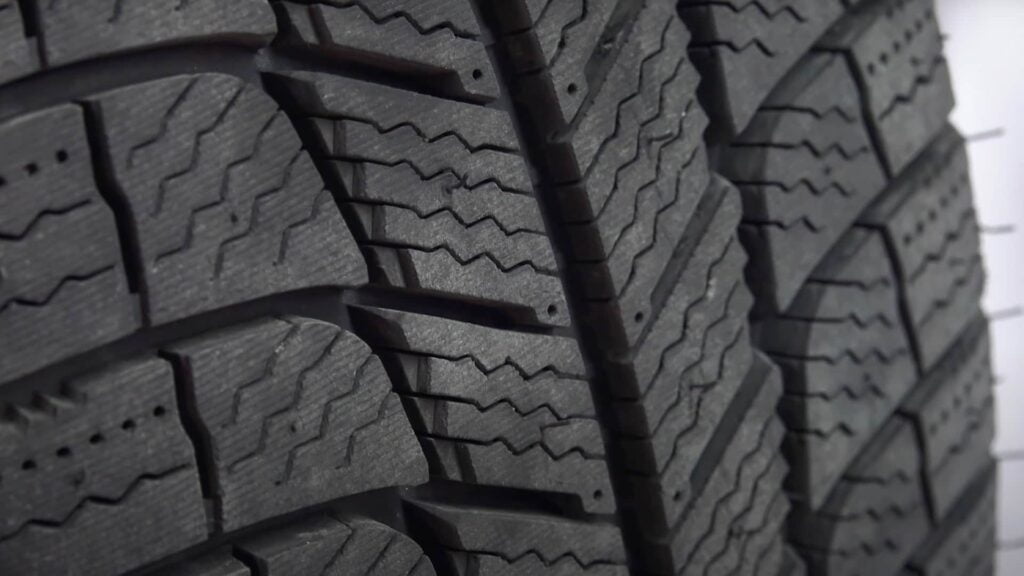
As mentioned earlier, tire hairs do have a purpose, and that’s specifically during the manufacturing process. Inspectors rely on them as a visual aid to ensure everything is working correctly and the vents are operational.
When absent, inspectors may suspect that some mechanical issue is preventing proper airflow through the vents. It could be anything from low air pressure to clogged holes or even inadequate heat applied during rubber production.
Once tires roll off of the factory floor and hit the pavement, however, any significance relating to these vents goes out the window. In reality, they don’t impact how well your vehicle grips against wet roads or how comfortable your ride feels. They also won’t make your tires squeak while driving or contribute in any way to road noise.
In essence, tire hairs serve merely as an announcement of new tire arrival in the world! They don’t cause problems nor pose risks to drive safety so there’s really no need for concern.
Do All New Tires Have Rubber Hairs?

It’s fair to say that nearly all new tires in the market today possess vent spews. However, this doesn’t mean they are created equally across different tire brands. Some will have more rubber hairs compared to others.
While it’s exceedingly rare to spot a new tire without these small features, brand variation leads to certain types of tires with varied quantities of vents on the treads versus those found on the sidewalls. The discrepancy arises due to slight differences in the manufacturing process adopted by each tire company.
Should you remove tire hairs?
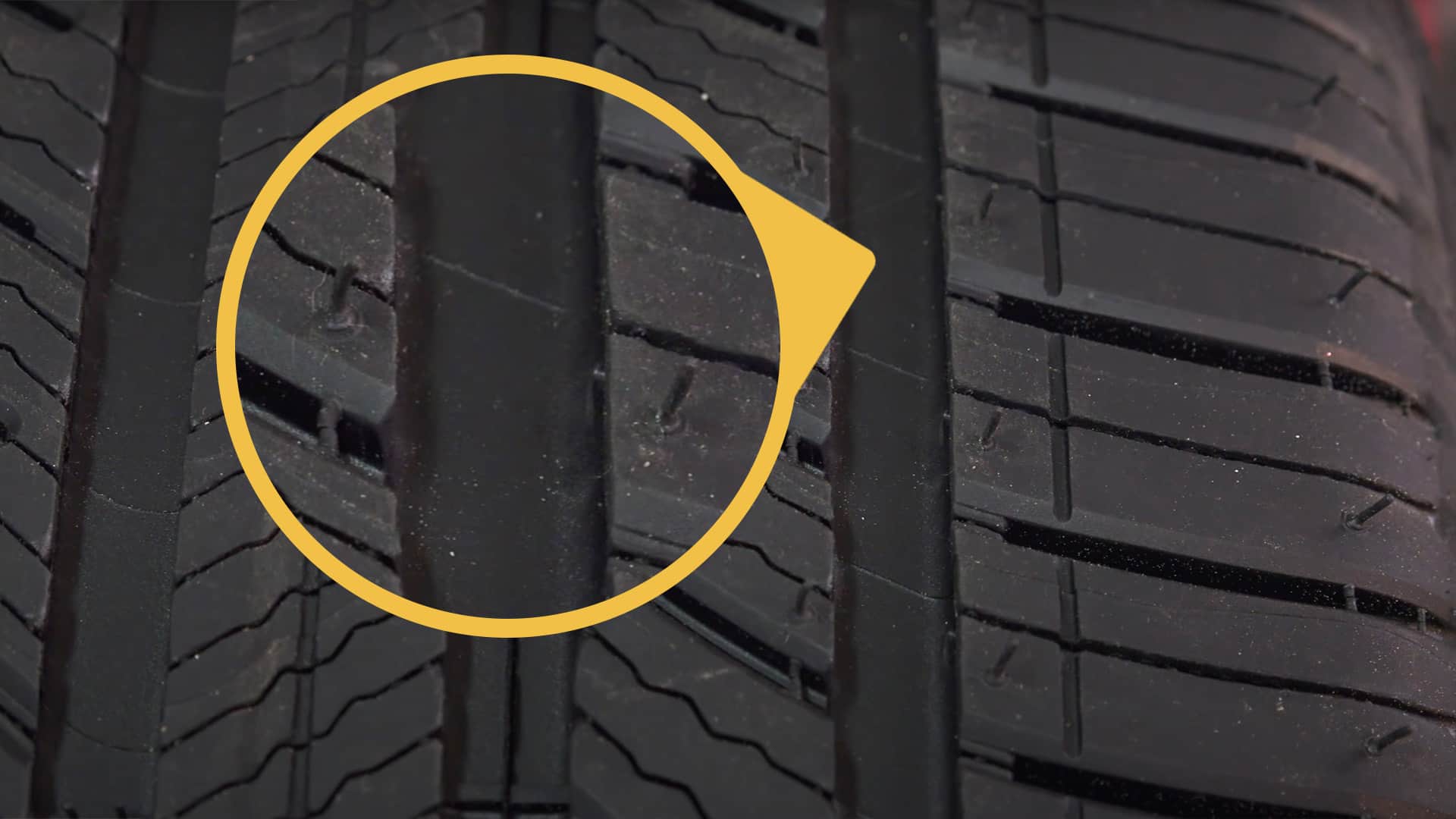
In theory, it’s possible to remove tire hairs, but there’s no functional reason for doing so. Whether you’ve invested in high-end premium tires or chosen a more budget-friendly option, these little features won’t affect their safety or performance.
That said, some people might prefer to remove tire hairs for aesthetic purposes. If that’s the case, it is recommended to simply “pull on them” or use very sharp scissors with great care to prevent cutting into the actual tire rubber.
Accidentally damaging the structural integrity of your tires could result in compromised performance and potentially lead to an accident. Be sure to exercise caution when deciding to trim or remove tire hairs and execute the process with precision. By taking this approach, your tire will not be exposed to unnecessary risks and remain at optimal safety levels.
Myths On Little Hairs On Tires
There are several myths circulating around these little rubber hairs on tires. Let’s take a closer look at some of them:
Caring for your new tires
Now that you’ve learned a great deal about tire hairs, you may be wondering how best to care for your new tires to ensure they last as long as possible. Here are some helpful tips:
By following these suggestions, you can ensure that your car stays on the road for longer while maximizing its performance during each drive!
FAQs
How Many Rubber Hairs Are On A Tire?
This might pique your curiosity! The number of rubber hairs present on a tire isn’t determined by any set formula. Instead, the quantity varies depending on the size and design of each individual tire.
That being said, one thing all tires share in common is the presence of vent spews, or these little rubber hairs we’ve been talking about. They’re simply a byproduct of the tire-making process which ultimately produces strong and durable tires that enable you to travel around town safely.
